Home>Garden Essentials>How Long Seeds Last
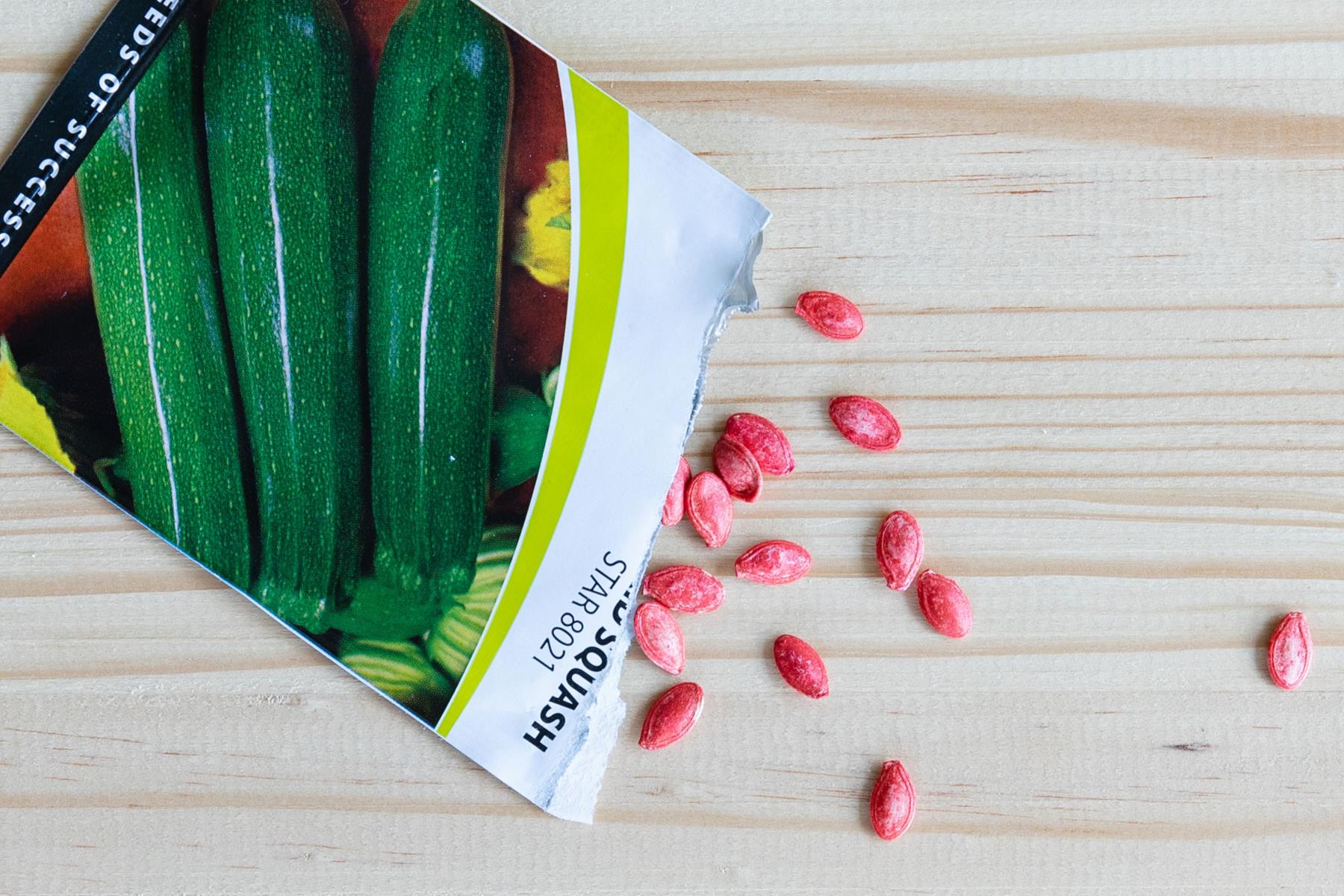

Garden Essentials
How Long Seeds Last
Modified: March 16, 2024
Learn how long garden seeds last and ensure the success of your garden. Discover tips for maximizing the shelf life of your seeds and avoiding waste.
(Many of the links in this article redirect to a specific reviewed product. Your purchase of these products through affiliate links helps to generate commission for Storables.com, at no extra cost. Learn more)
Introduction
Welcome to the fascinating world of seeds! Seeds are the fundamental units of life for plants and play a crucial role in the growth and reproduction of various plant species. Whether you are a passionate gardener, a plant enthusiast, or just starting your gardening journey, understanding the longevity of seeds is important for a successful gardening experience.
Have you ever wondered how long seeds can last? Are you curious about the factors that affect their longevity or the ideal storage conditions to maximize their shelf life? In this article, we will explore these questions and provide valuable insights into seed longevity. So, let’s dive in and unravel the mysteries of the life cycle of seeds!
Key Takeaways:
- Seeds can last varying lengths of time based on factors like type, maturity, quality, environment, and storage conditions. Understanding these factors is crucial for successful gardening.
- Proper storage conditions, including temperature, darkness, humidity, air circulation, container choice, and labeling, are essential for maximizing seed longevity and viability.
Read more: How Long Does A Seed Last
Factors Affecting Seed Longevity
The longevity of seeds can vary significantly depending on several factors. Understanding these factors will help you make informed decisions about seed storage and ensure the viability of your seeds for successful germination. Let’s take a closer look at some of the key factors that affect seed longevity:
- Seed Type: Different types of seeds have varying lifespans. Some seeds, such as those of tomatoes or lettuce, are known for their short viability, lasting around 1-2 years. On the other hand, many flower seeds, grains, and legumes can remain viable for several years, even exceeding a decade.
- Seed Maturity: The maturity of seeds at the time of harvest plays a crucial role in determining their longevity. It is important to allow seeds to fully mature on the plant before harvesting them for storage. Prematurely harvested seeds may not have developed the necessary nutrients and protective coatings required for long-term viability.
- Seed Quality: High-quality seeds have a better chance of maintaining their viability over an extended period. Seeds with genetic abnormalities, damage, or poor germination rates are likely to have shorter lifespans. Obtaining seeds from reputable and reliable sources can ensure better quality and longer shelf life.
- Environmental Factors: The external environment can have a significant impact on seed longevity. Factors such as temperature, humidity, light exposure, and oxygen availability can affect the seed’s ability to retain viability. Exposure to extreme temperatures, excessive moisture, or prolonged exposure to sunlight can reduce the viability and germination potential of seeds.
- Storage Conditions: Proper storage conditions are vital for preserving seed viability. Seeds are best stored in cool, dark, and dry environments to minimize degradation. Temperature fluctuations, moisture, and exposure to light can accelerate seed deterioration. Packaging seeds in airtight containers or moisture-proof seed packets can help create a favorable storage environment.
By considering these factors and implementing the necessary precautions, you can significantly increase the lifespan of your seeds and ensure a higher success rate during germination. Now that we have explored the factors affecting seed longevity, let’s move on to understanding the ideal storage conditions for seeds.
Ideal Storage Conditions for Seeds
Proper storage conditions are crucial for maximizing the longevity and viability of seeds. Providing the right environment helps to slow down the natural deterioration process and keep the seeds in optimal condition for future use. Here are the key elements to consider when storing seeds:
- Temperature: Cool temperatures are essential for seed storage. Most seeds remain viable for longer periods when stored at temperatures between 32°F (0°C) and 50°F (10°C). It’s important to avoid extreme temperature fluctuations, as they can damage the seeds. Avoid storing seeds in areas prone to high heat, such as attics or near heating sources.
- Darkness: Exposure to light can cause seeds to lose viability. Storing seeds in dark or opaque containers helps prevent light exposure and preserves their quality. Avoid clear plastic bags or glass containers, as they do not offer adequate protection against light.
- Humidity: Moisture is the enemy of seed storage. Too much humidity can lead to mold growth or seed spoilage. Ensure the storage area is dry and free from excessive moisture. Silica gel packets or rice can be added to absorb any moisture that may be present.
- Air Circulation: Good air circulation is important to prevent the buildup of excess humidity. Avoid sealing containers too tightly to allow some airflow. However, make sure the containers are sealed well enough to keep out pests and dust.
- Container Choice: Selecting the right storage container is crucial. Choose containers that are airtight, moisture-proof, and made of materials that do not release harmful chemicals. Popular choices include glass jars with rubber gaskets, metal tins, or resealable plastic bags specifically designed for seed storage.
- Labeling: Properly labeling your seed containers helps keep track of their contents and the date of storage. Include the seed variety, harvest date, and any additional information you find important. This allows you to prioritize the use of older seeds and maintain an organized seed collection.
By providing these ideal storage conditions, you can significantly extend the lifespan of your seeds. Remember to check on your stored seeds periodically to ensure they remain in good condition. Now that we understand the ideal storage conditions, let’s explore the common lifespan of different types of seeds.
Common Lifespan of Different Types of Seeds
When it comes to seed longevity, not all seeds are created equal. Different types of seeds have varying lifespans, with some seeds remaining viable for a few years and others capable of germinating even after decades. Here are some common types of seeds along with their average lifespan:
- Short-Lived Seeds: Certain vegetables and herbs produce short-lived seeds. Examples include lettuce, spinach, and onions, which typically have a viability of 1-2 years. These seeds should be used promptly to ensure better germination rates.
- Medium-Lived Seeds: Many popular flower seeds fall into the medium-lived category. These include marigolds, zinnias, and petunias, which can remain viable for 2-5 years if stored properly. It is advisable to check germination rates for medium-lived seeds after a couple of years in storage.
- Long-Lived Seeds: Certain seeds are known for their exceptional longevity. These include grains, legumes, and many perennial flowers. Seeds of beans, peas, corn, and sunflowers can often remain viable for 5-10 years or more. Some perennial flower seeds, like echinacea and rudbeckia, can even retain their viability for up to 15 years when stored in optimal conditions.
It is essential to note that the lifespan of seeds can vary depending on various factors, including storage conditions and seed quality. While these are common estimations, it is always a good practice to perform a germination test on stored seeds, especially as they approach the end of their expected lifespan, to determine their viability.
Now that we have explored the lifespan of different types of seeds, let’s move on to some tips for extending seed longevity.
Store seeds in a cool, dry place to extend their shelf life. Keep them in airtight containers to prevent moisture and pests from damaging them.
Tips for Extending Seed Longevity
Ensuring the longevity of seeds is essential for successful germination and a thriving garden. With proper handling and storage, you can extend the lifespan of your seeds and maximize their viability. Here are some tips to help you preserve and prolong the longevity of your seeds:
- Harvest Seeds at the Right Time: Allow your seeds to fully mature on the plant before harvesting. This ensures that they possess the necessary nutrients and protective coatings for long-term viability.
- Dry Seeds Thoroughly: Properly dry your seeds before storage to prevent mold or rot. This can be done by spreading them out on a clean paper towel or in a single layer on a dry tray. Ensure that they are fully dry before transferring them to storage containers.
- Use Suitable Containers: Choose airtight and moisture-proof containers for storing your seeds. Glass jars with rubber gaskets, metal tins, or resealable plastic bags designed for seed storage are excellent choices. These containers help keep out moisture, pests, and light, protecting the seeds from deterioration.
- Store Seeds in Cool, Dark, and Dry Places: A cool, dark, and dry environment is ideal for seed storage. Find a location that maintains a temperature between 32°F (0°C) and 50°F (10°C) with low humidity. Avoid storing seeds in areas prone to temperature fluctuations or excessive moisture.
- Label and Organize: Properly label your seed containers with the seed variety and the date of storage. This ensures that you can prioritize the use of older seeds and maintain an organized collection. It’s also helpful to keep a record of the source and any additional information about the seeds.
- Perform Germination Tests: As seeds age, their germination rates may decrease. Perform regular germination tests to assess the viability of stored seeds. Simply place a few seeds on a damp paper towel and keep them in a warm, dark place for a few days. If a high percentage of seeds germinate, they are still viable.
- Rotate Seed Stock: To ensure a fresh supply of seeds, practice seed rotation by using older seeds first and replacing them with fresh ones regularly. This helps maintain a healthy seed collection and improves the chances of successful germination.
By implementing these tips, you can extend the lifespan of your seeds and increase the likelihood of successful germination. Remember, proper storage and regular monitoring are key to preserving seed viability in the long run.
Now that we have covered tips for extending seed longevity, let’s explore the signs of expired or non-viable seeds.
Read more: How Long Will Grass Seed Last
Signs of Expired or Non-Viable Seeds
As seeds age, their viability decreases, and germination rates may decline. It’s important to be able to identify signs of expired or non-viable seeds to avoid disappointment and ensure successful plant propagation. Here are some common indicators that seeds may no longer be viable:
- Lack of Germination: The most obvious sign of non-viable seeds is a lack of germination. If the seeds fail to sprout within the expected germination period, it may indicate that they have lost their viability.
- Physical Damage: Seeds that appear shriveled, cracked, or damaged are less likely to be viable. Physical damage can disrupt the protective seed coat and affect the embryo’s ability to sprout.
- Discoloration: Seeds that have changed color, particularly to a dark or moldy appearance, are likely to be non-viable. Mold or fungal growth on the seeds is a clear sign of deterioration and reduced viability.
- Incomplete Seed Coat: In some cases, the outer protective coat of the seed may be partially or completely absent. This can leave the internal embryo vulnerable to damage and reduce the chances of successful germination.
- Age and Storage Conditions: Seeds that are significantly past their expected lifespan or have been stored under unfavorable conditions are more likely to be non-viable. If you have seeds that have been stored improperly or for an extended period, their chances of successful germination may be reduced.
- Float Test: Some seeds, especially larger ones, can be tested for viability by using the float test. Place the seeds in a bowl of water. If they float, it indicates that they are most likely non-viable. Viable seeds are typically denser and sink to the bottom.
- Low Germination Rate: If a significant number of seeds from a batch fail to germinate or show poor germination rates, it suggests that the overall viability of the seeds may be compromised.
While these signs can be helpful in determining if seeds are non-viable, it’s always a good practice to perform a germination test before discarding the entire batch. Keep in mind that even seeds with reduced viability may still produce some viable plants.
By being aware of these signs, you can save time, effort, and disappointment by focusing on viable seeds for successful germination and plant growth. Now that we understand the signs of expired or non-viable seeds, let’s conclude our journey through seed longevity.
Conclusion
Understanding the longevity of seeds is essential for any gardener or plant enthusiast. By knowing the factors that affect their lifespan, the ideal storage conditions, and how to extend their viability, you can ensure a higher success rate in germination and a bountiful garden. Here’s a recap of what we’ve covered:
We explored the factors that affect seed longevity, including the type of seed, seed maturity, seed quality, environmental factors, and storage conditions. Each of these factors plays a crucial role in determining how long seeds can remain viable.
We then delved into the ideal storage conditions for seeds, emphasizing the importance of cool temperatures, darkness, low humidity, proper airflow, suitable containers, and labeling. Creating the right environment for seed storage is a key step in preserving their viability for an extended period.
Next, we discussed the common lifespan of different types of seeds, ranging from short-lived seeds like lettuce to long-lived seeds like grains and perennial flowers. Recognizing the average viability of different seeds allows you to prioritize their usage and plan your planting accordingly.
To ensure the extended longevity of seeds, we provided valuable tips, including harvesting seeds at the right time, drying them thoroughly, using suitable containers, storing seeds in optimal conditions, labeling and organizing, performing germination tests, and rotating your seed stock.
Finally, we highlighted the signs of expired or non-viable seeds, such as lack of germination, physical damage, discoloration, incomplete seed coat, age and storage conditions, and low germination rates. Identifying these signs helps you make informed decisions and focus on seeds with higher chances of successful germination.
By implementing the knowledge and techniques shared in this article, you can increase the lifespan of your seeds, improve germination rates, and bring your gardening endeavors to new heights. So, take good care of your seeds, provide them with the right conditions, and watch as the magic of life unfolds in your garden.
Frequently Asked Questions about How Long Seeds Last
Was this page helpful?
At Storables.com, we guarantee accurate and reliable information. Our content, validated by Expert Board Contributors, is crafted following stringent Editorial Policies. We're committed to providing you with well-researched, expert-backed insights for all your informational needs.
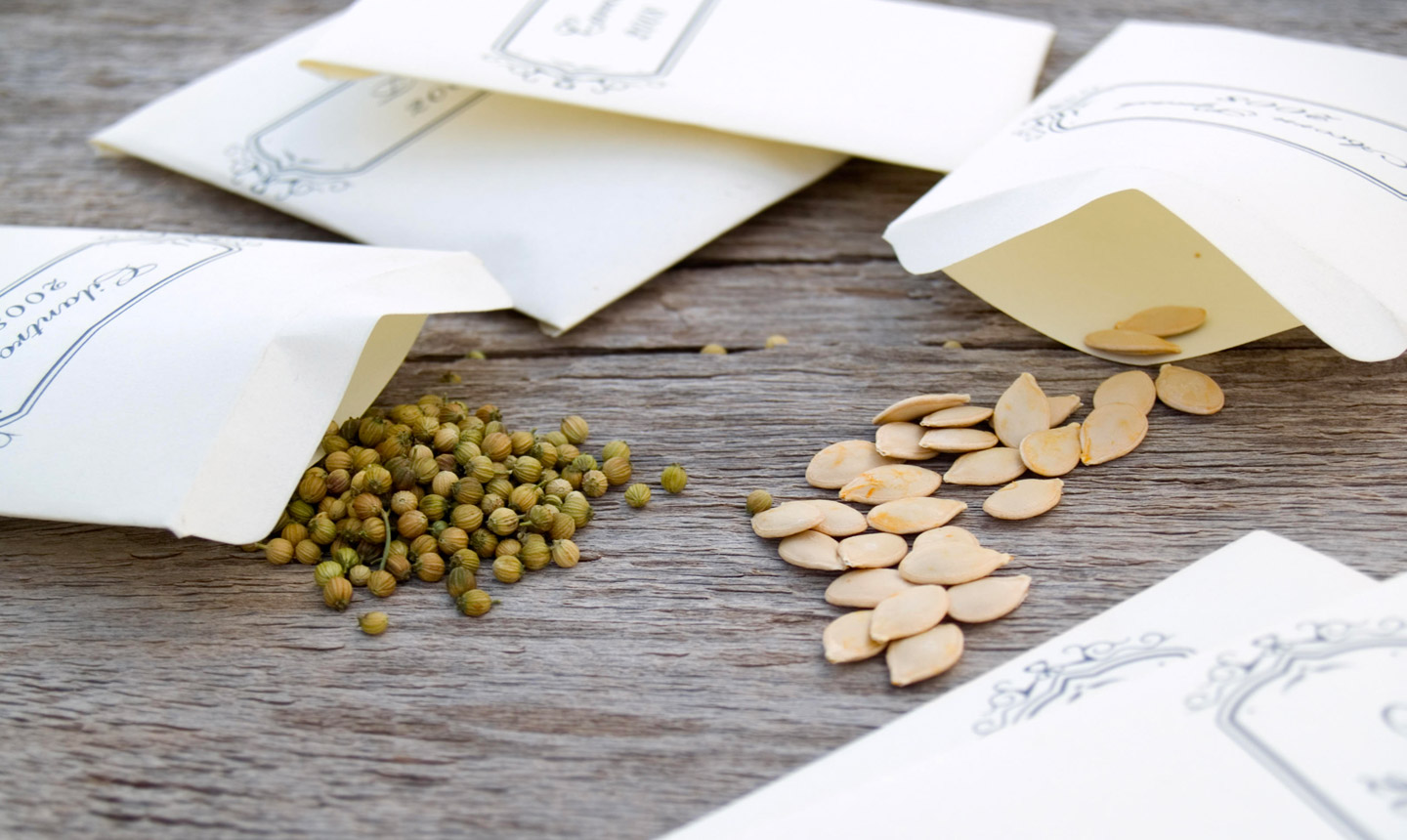
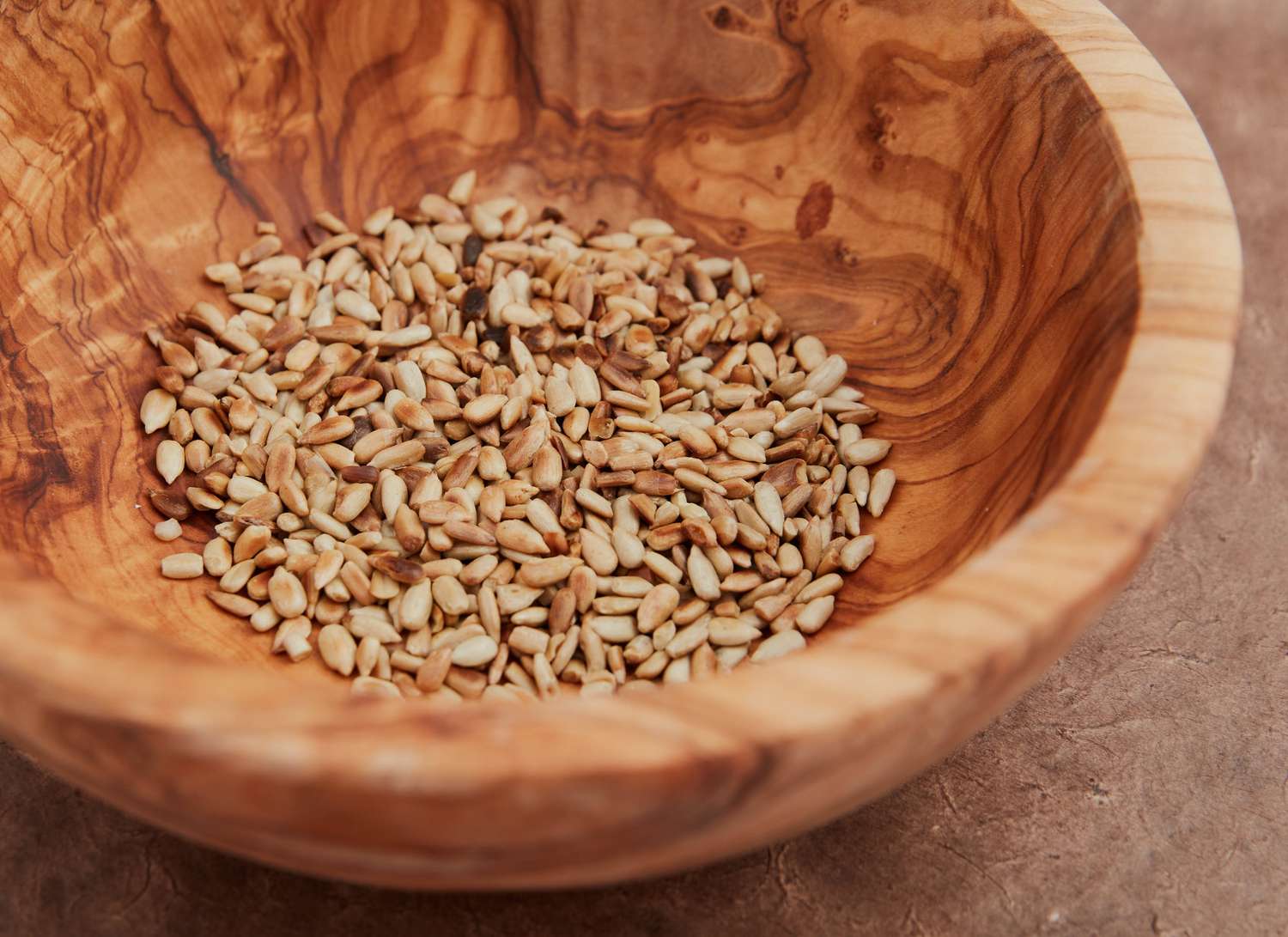
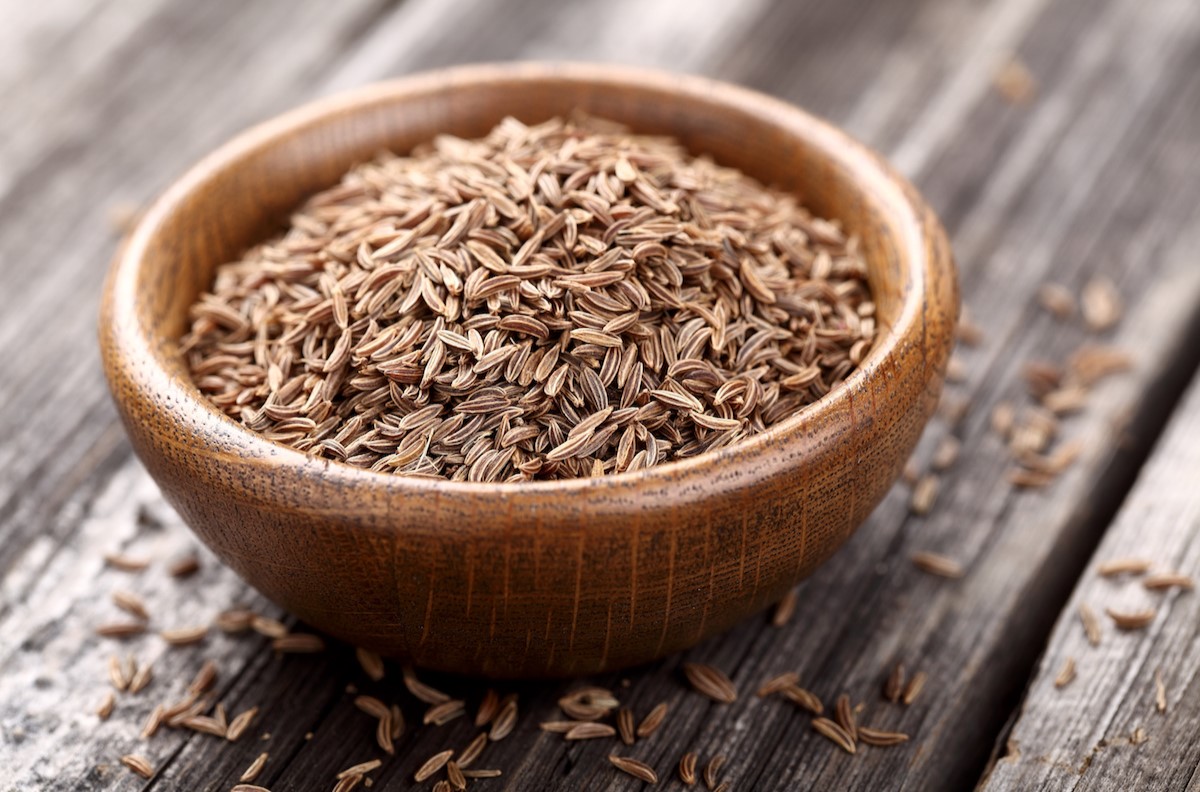
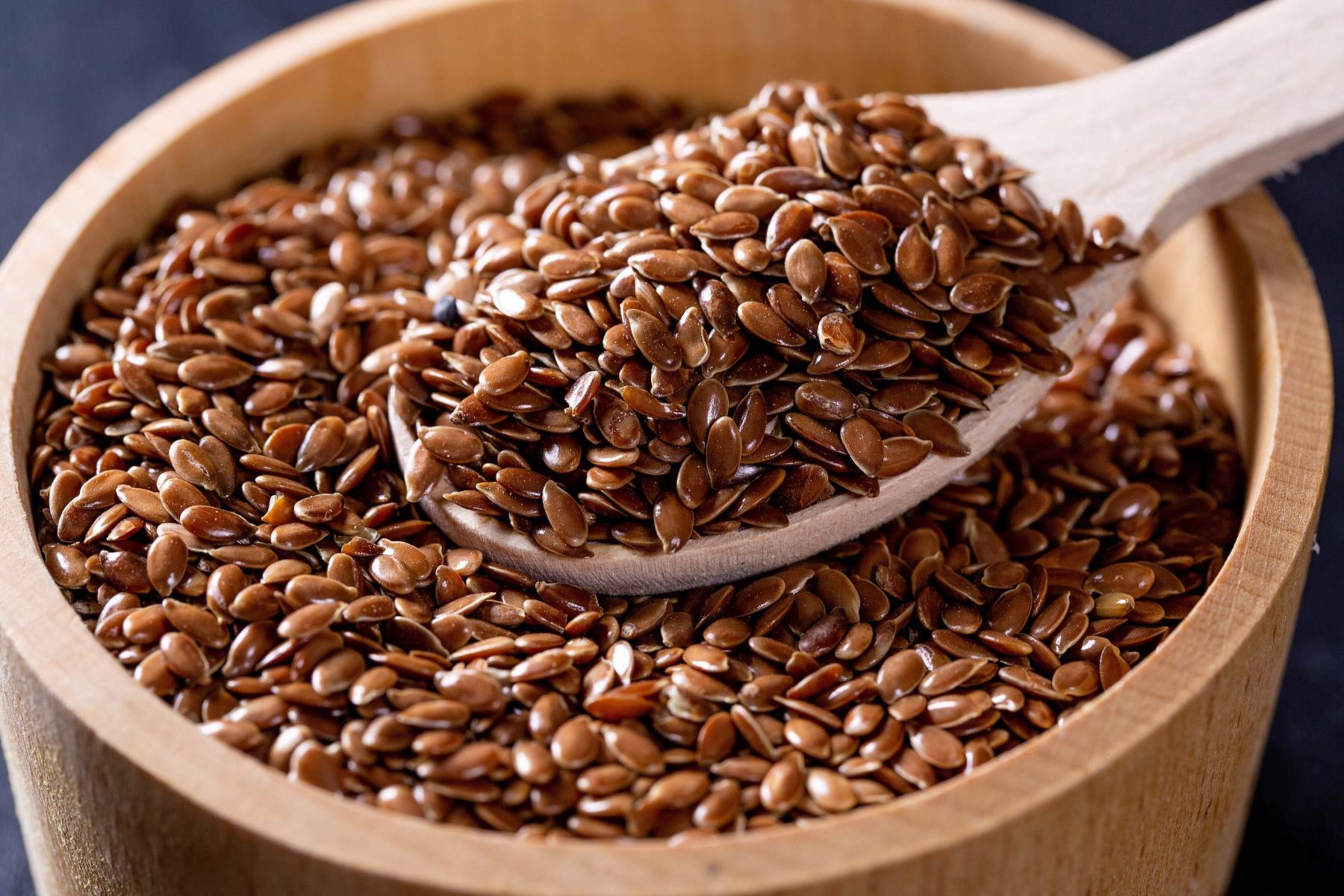
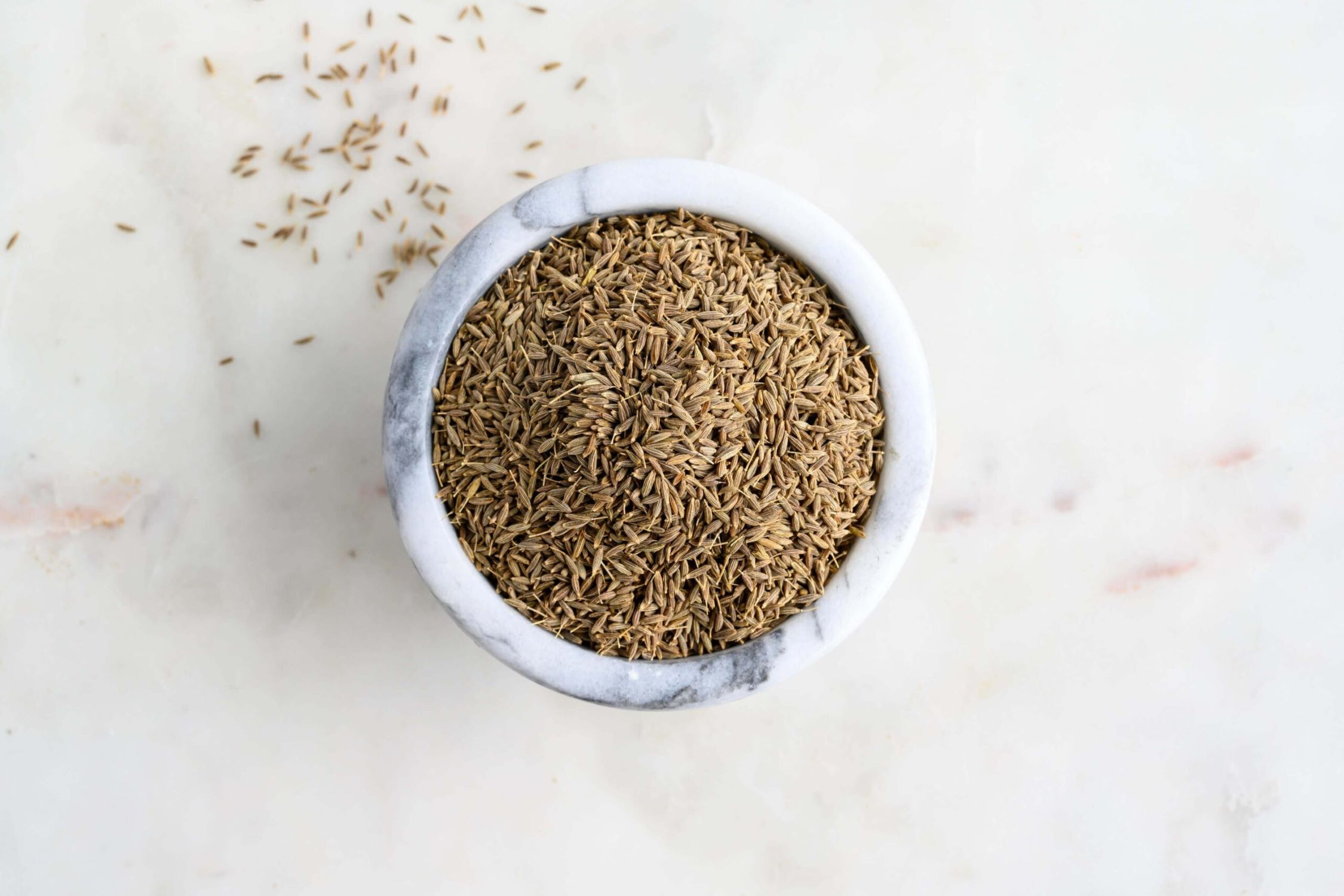
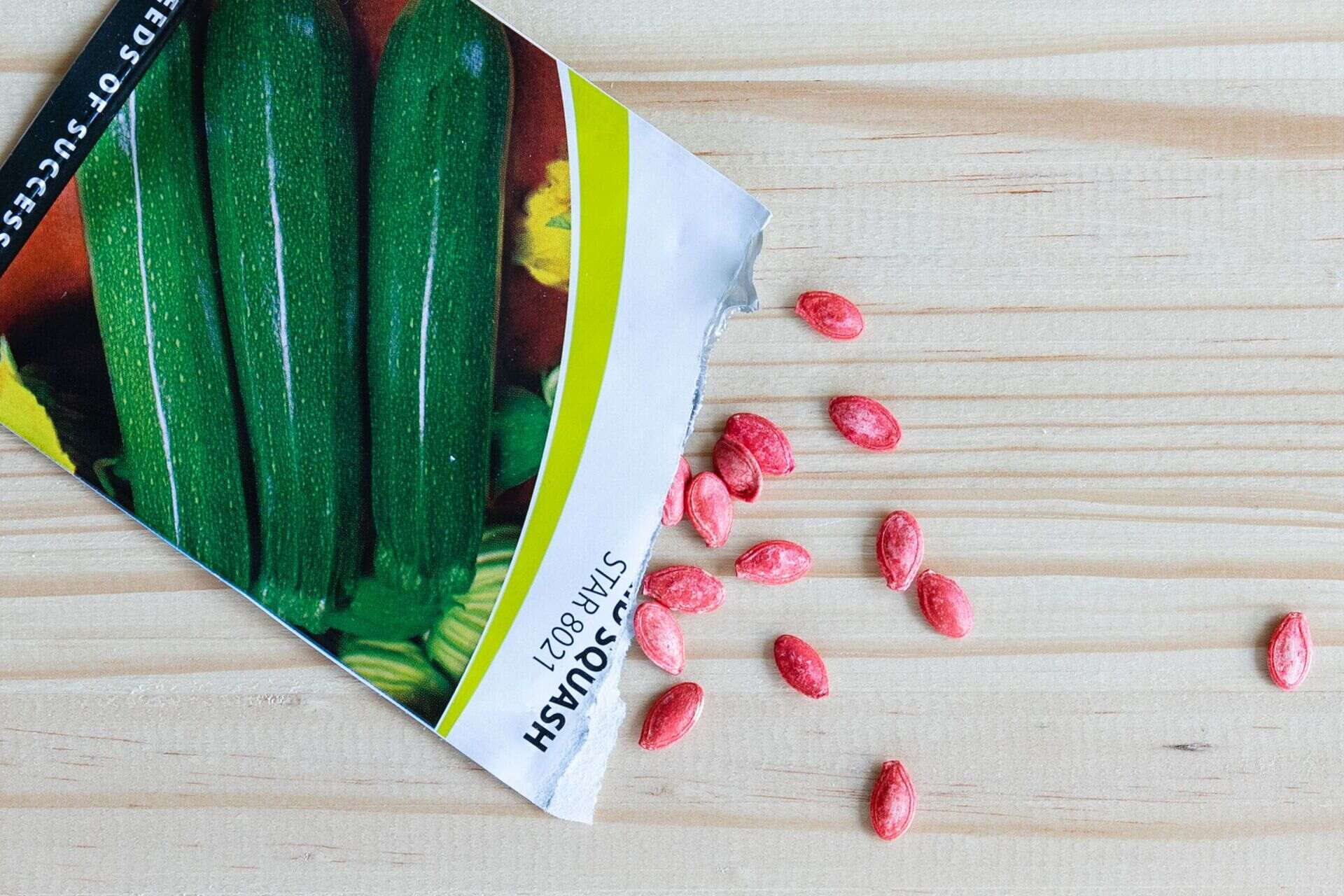
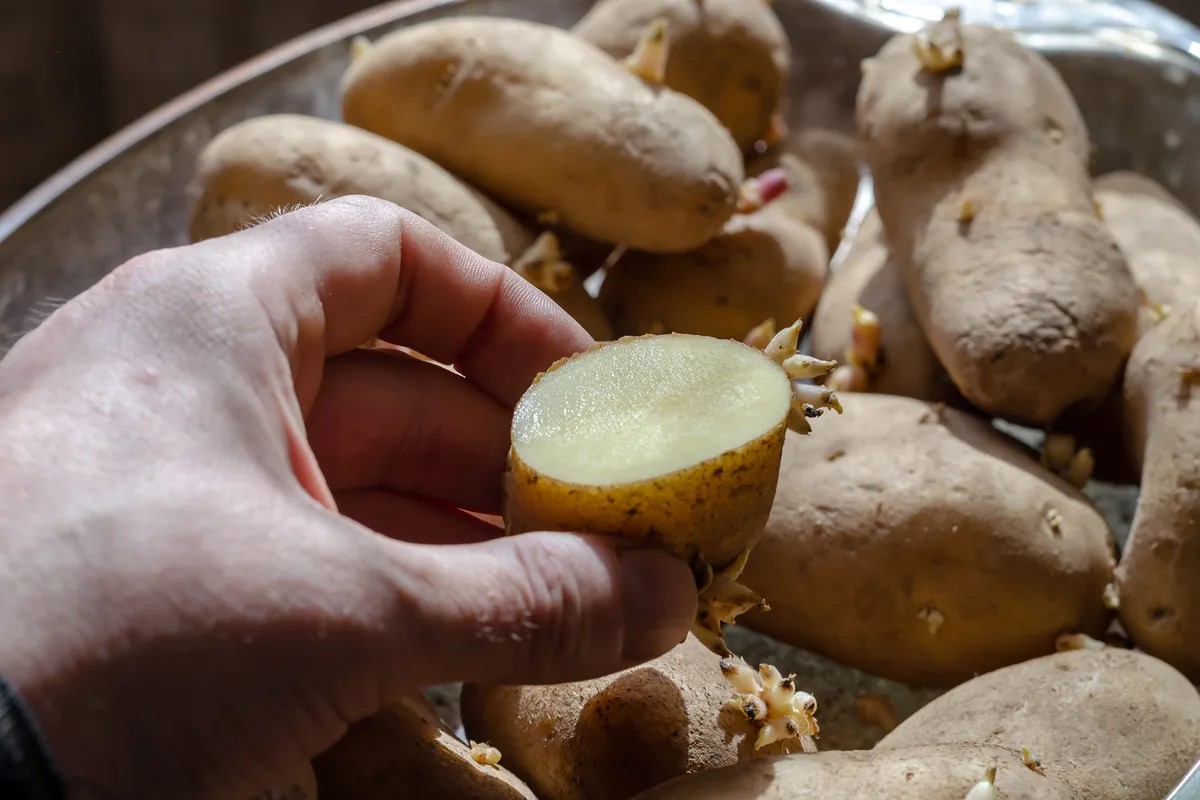
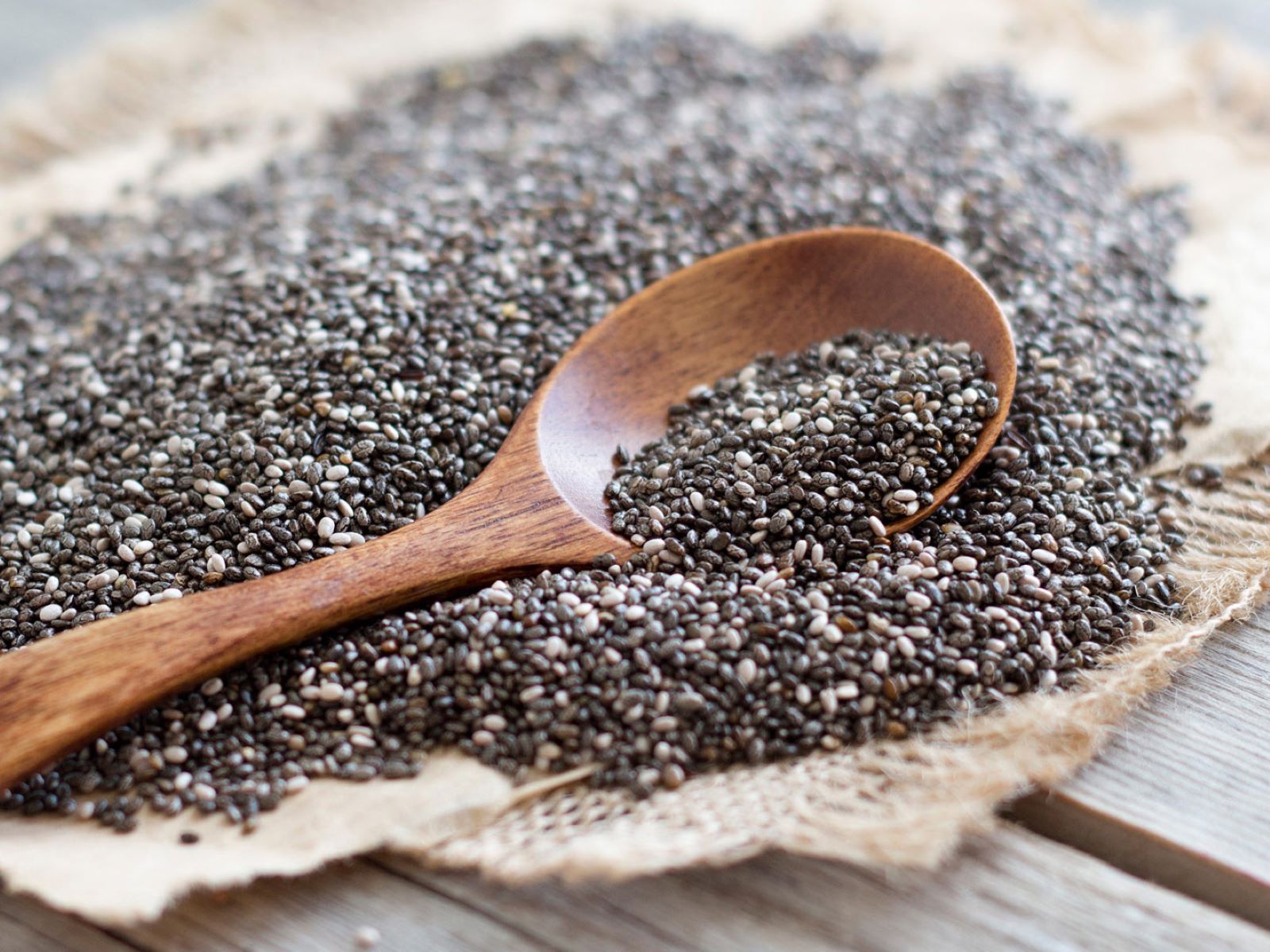
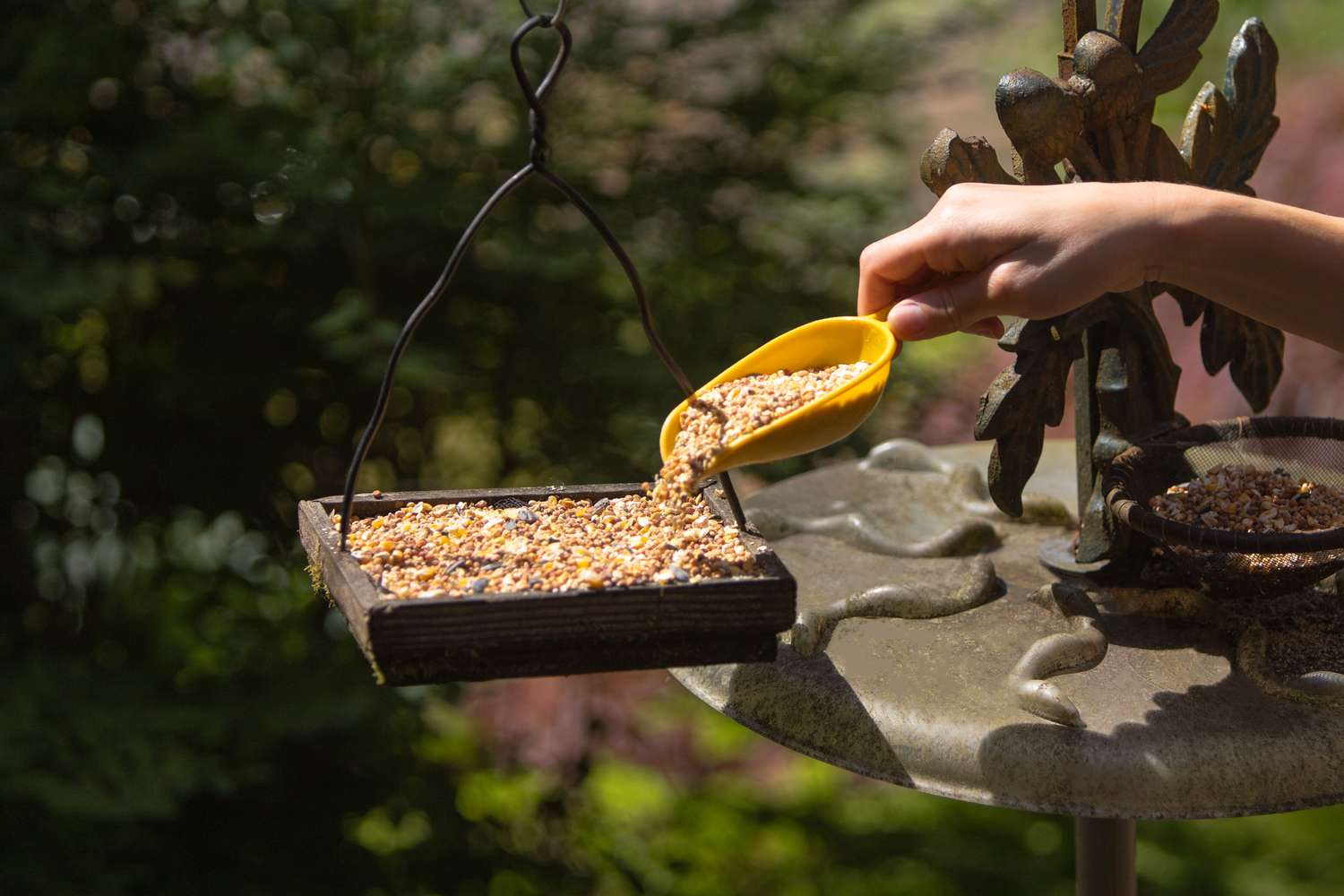
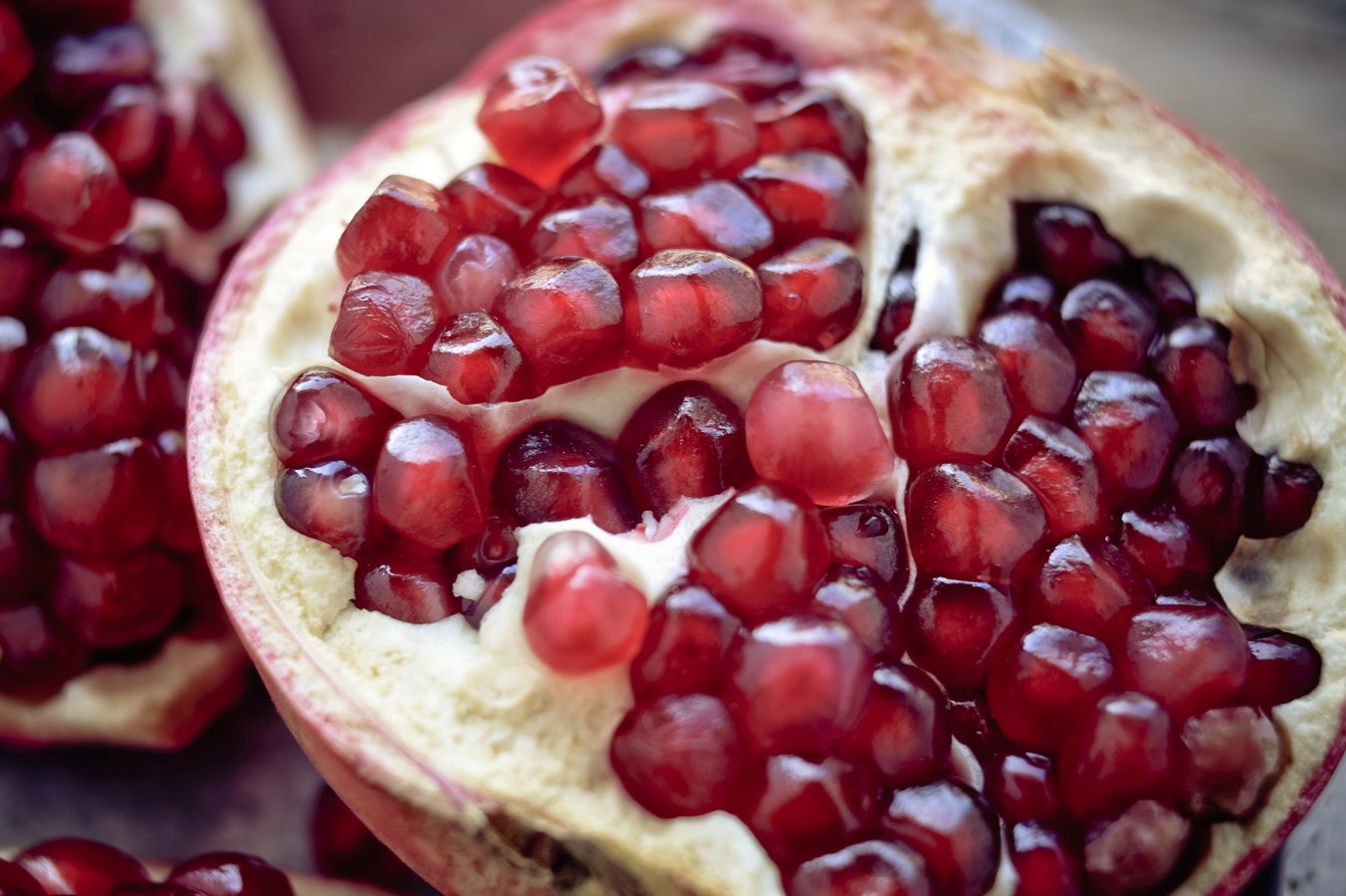
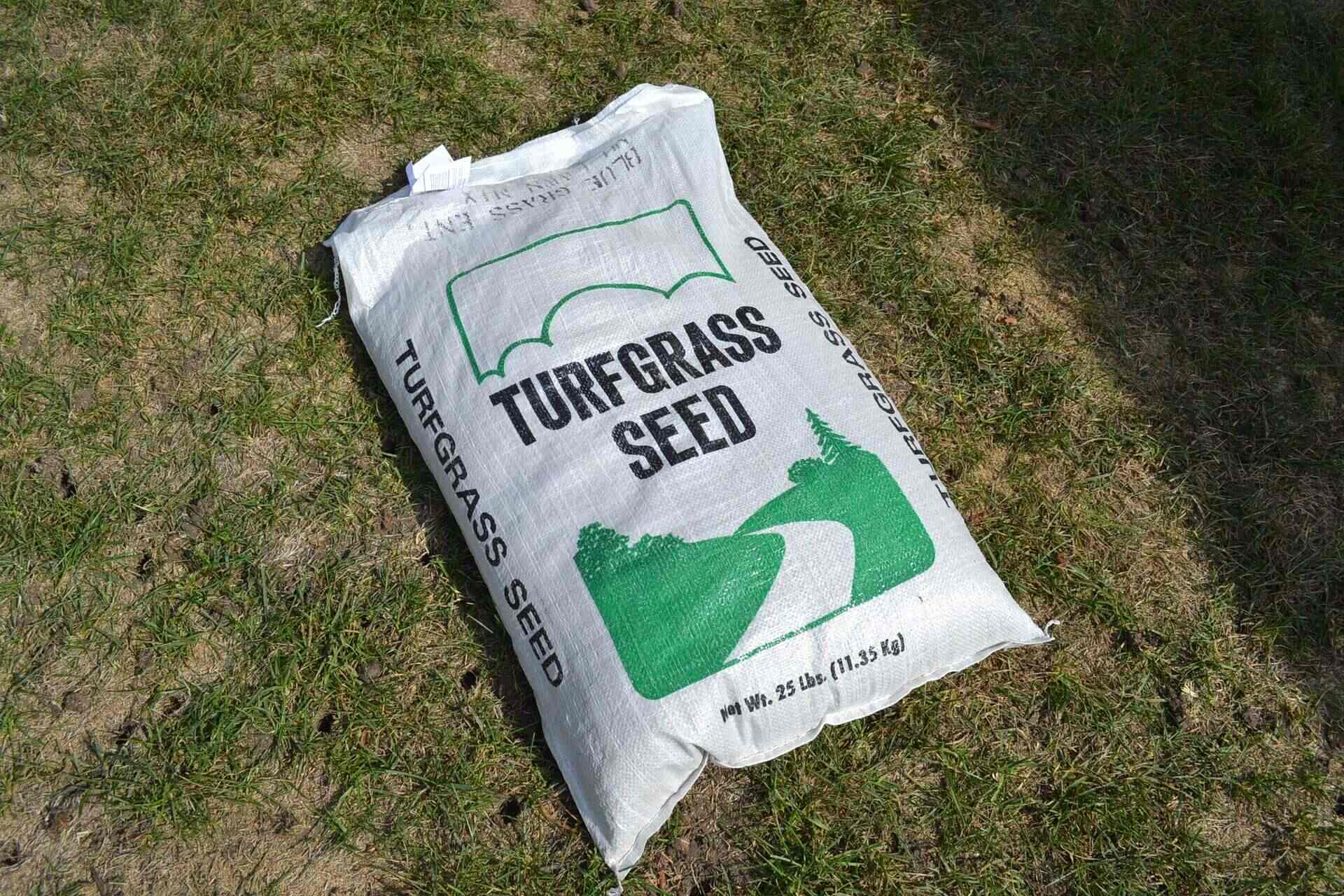
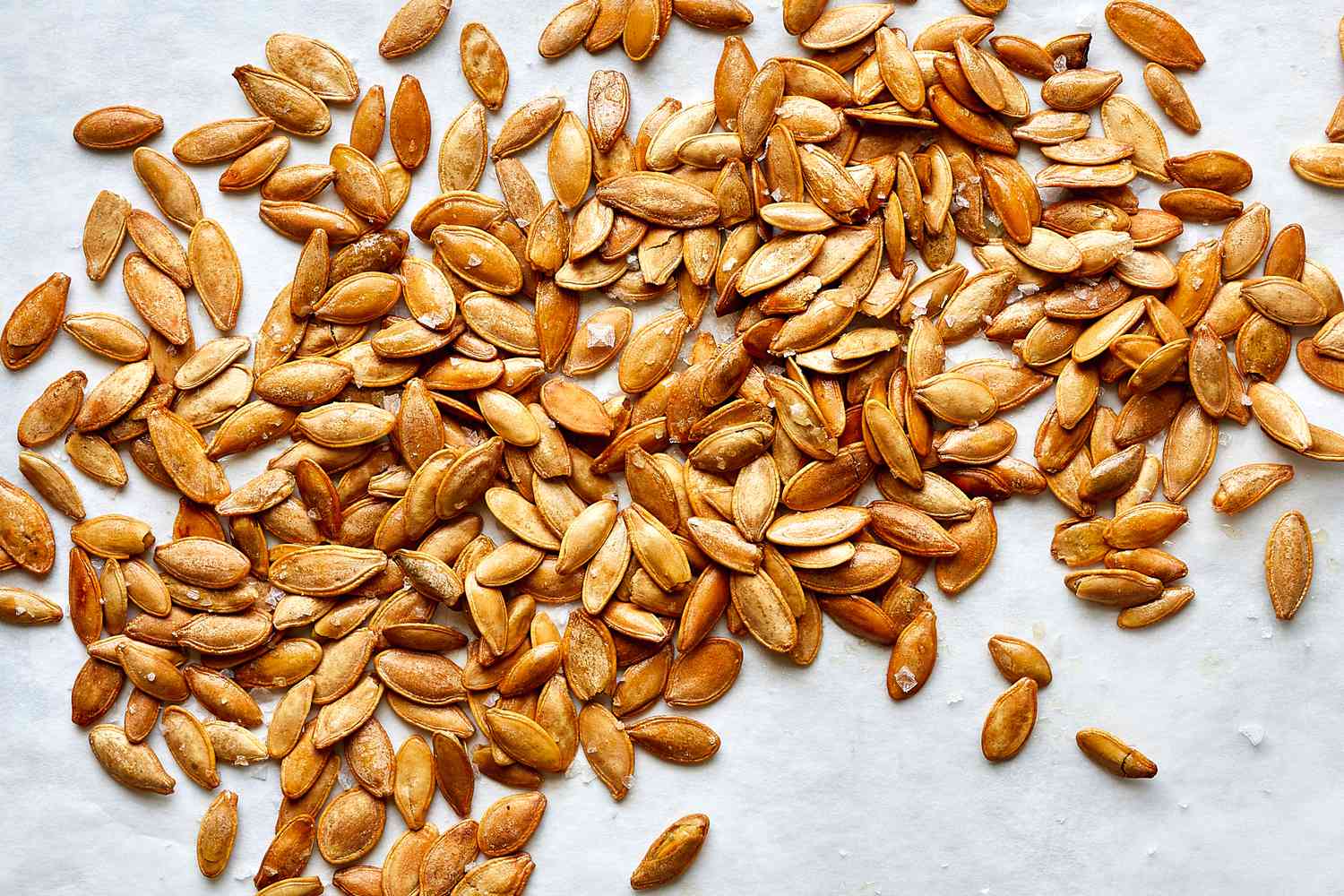
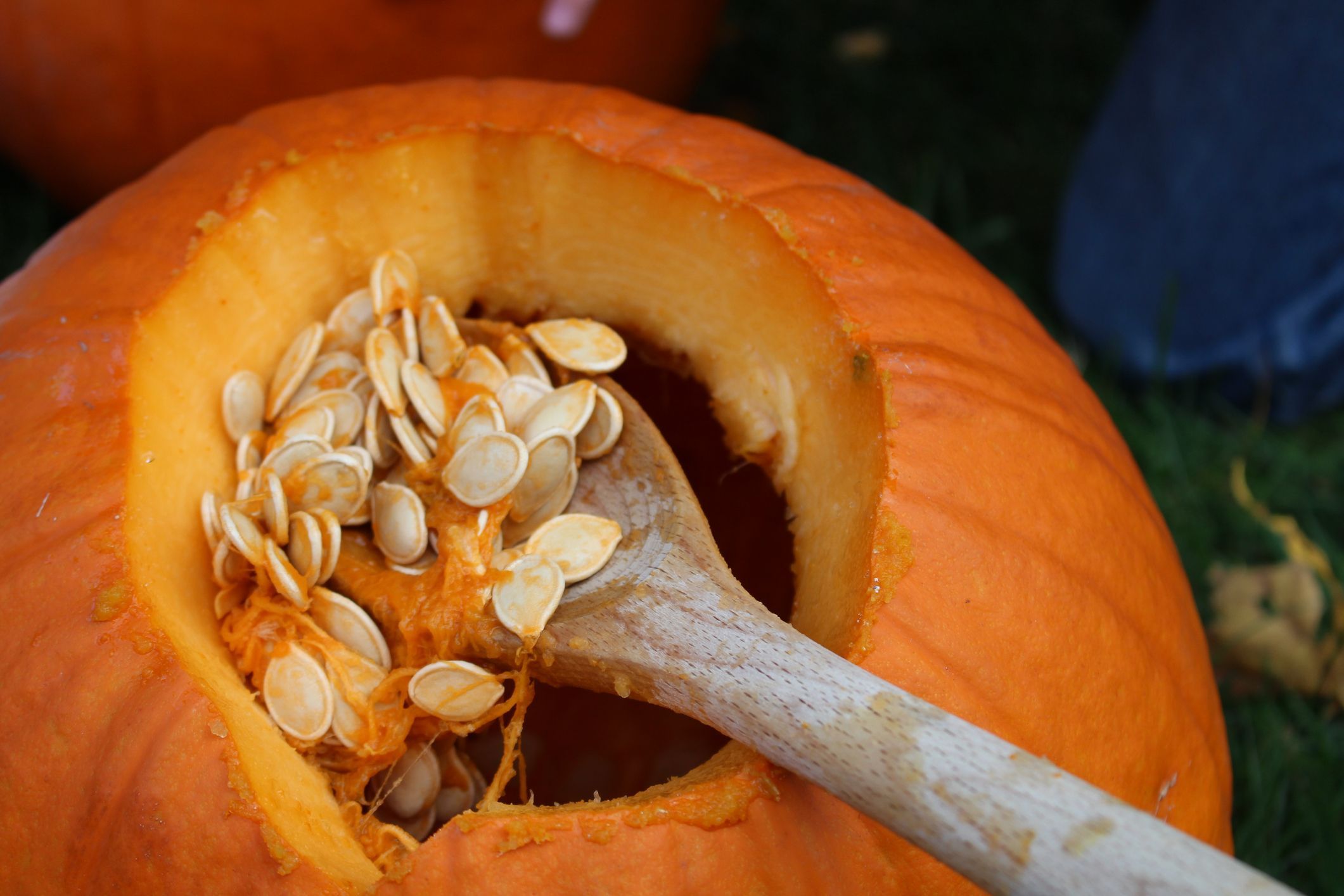
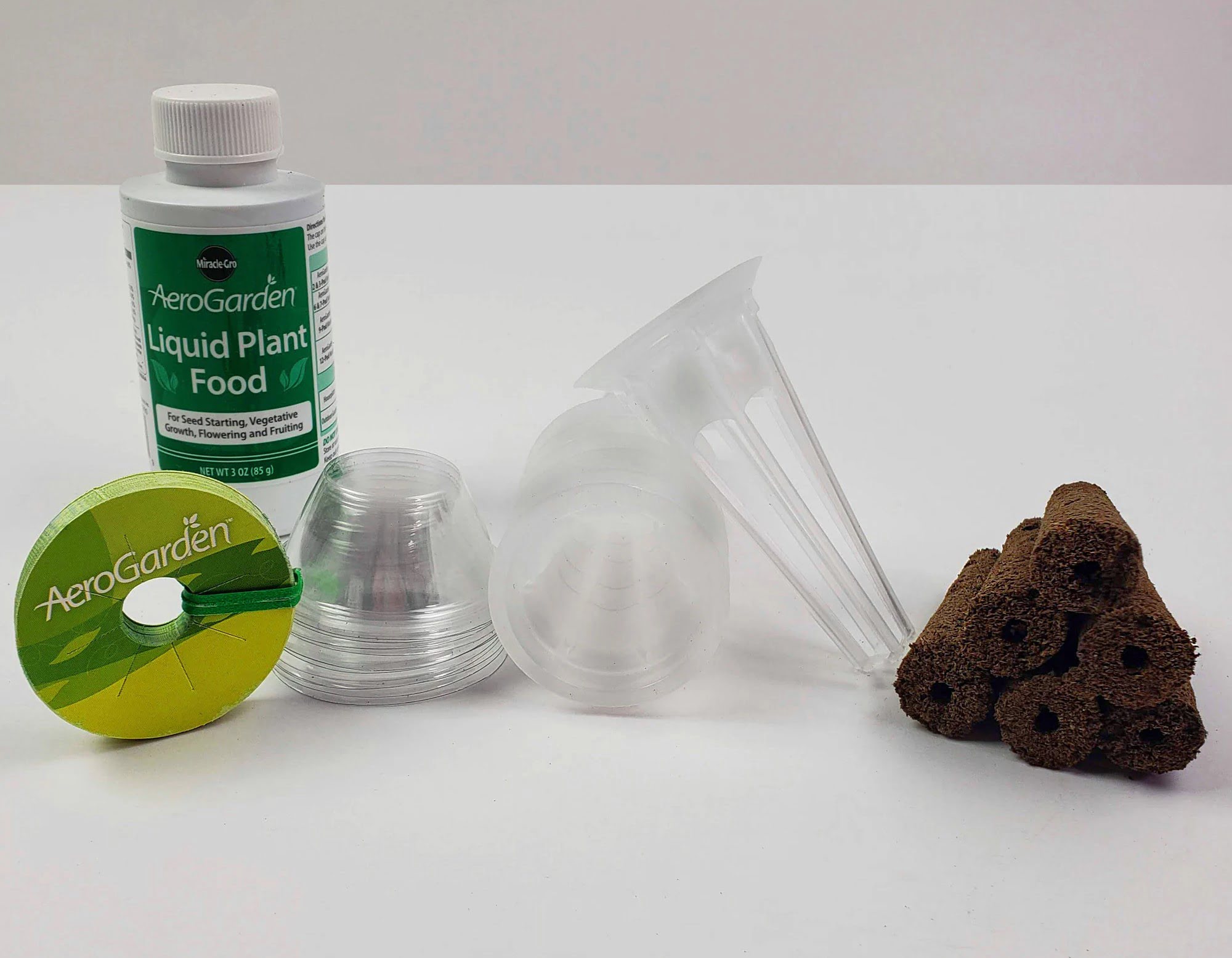

0 thoughts on “How Long Seeds Last”